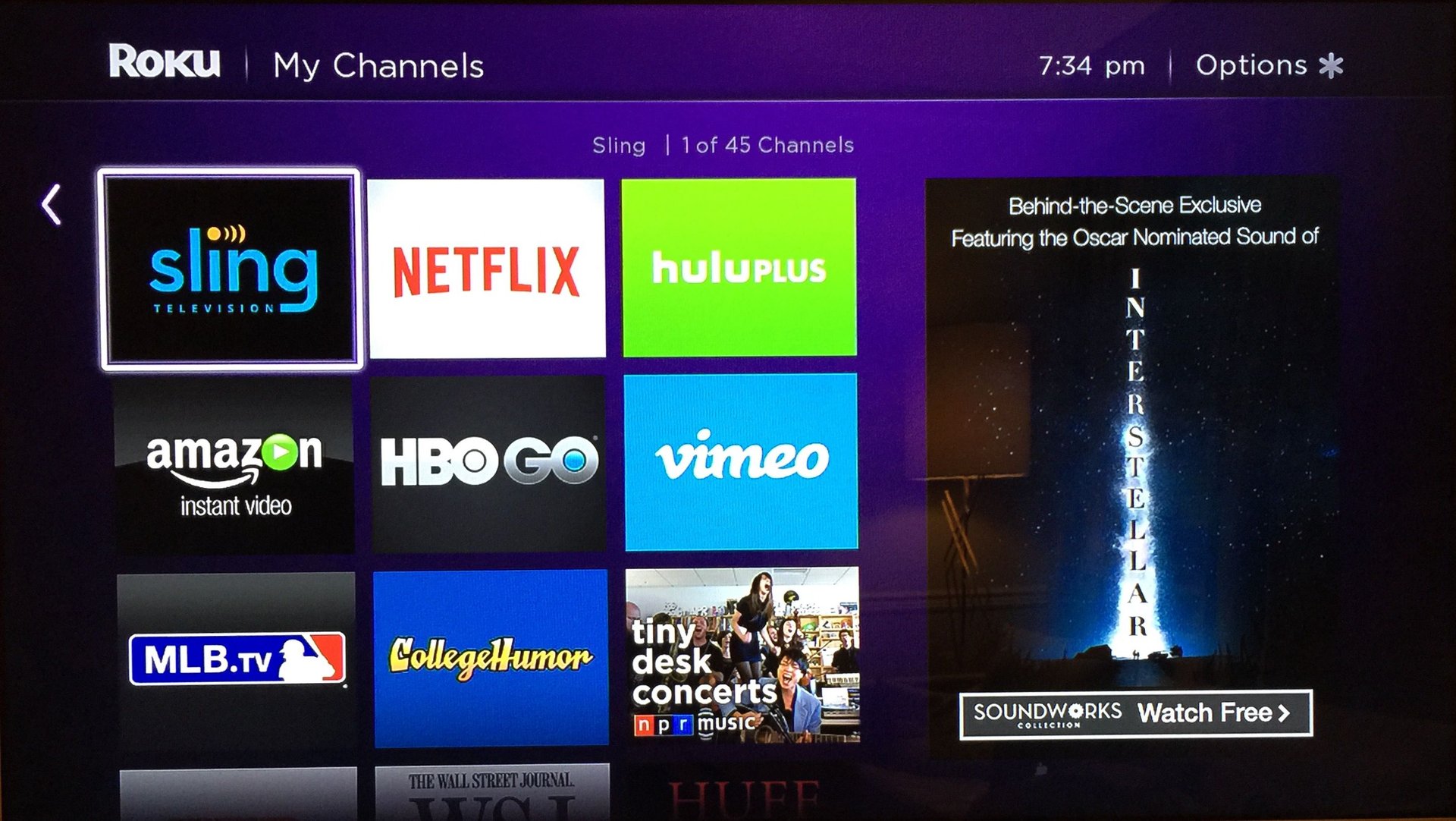Netflix makes up one-third of all streaming time on Roku—and barely any revenue
Netflix, the app that Roku was built to bring to living rooms, barely makes any money for the media player.


Netflix, the app that Roku was built to bring to living rooms, barely makes any money for the media player.
The streaming-video service, which spun off Roku into its own entity in 2008, was the most-streamed app via the device last year and during the first six months of 2017. It accounted for roughly a third of all hours streamed via the connected-TV brand—the most popular in the US. But it hardly contributed to Roku’s top line. Netflix is “not material” to Roku’s overall revenue, the company said in a filing last week, and it isn’t expected to be any time soon.
YouTube, the most-watched app on Roku that features advertising, doesn’t bring in money for the platform either, the company said.
Roku, which has filed to go public, earns the bulk of its revenue from selling devices, a revenue source that inched down during the first half of this year due to stiff competition from the likes of the Google Chromecast, Amazon Fire TV, and Apple TV. Its biggest opportunity for growth is in the revenue it makes when users interact with it. For example, Roku sells advertising and takes a cut of subscriptions and other transactions carried out on its platform. It has grown that revenue segment heartily over the last year. It now makes $11.22 per active user, as of June 2017—up from the $8.32 it made during the same quarter a year earlier.
Its most popular apps remain loss leaders. Roku carries apps like Netflix and YouTube because they bring viewers onto the platform and keep them coming back. The challenge is figuring out how to make money off those people when they use the device in other ways; it needs to get them onto the corners of Roku that can actually be monetized.
It’s a task made more complicated by the fact that just a handful of apps made up nearly 70% of the 6.7 billion hours streamed on the platform during the first half of the year. That’s out of the 5,000 streaming channels available in the US.